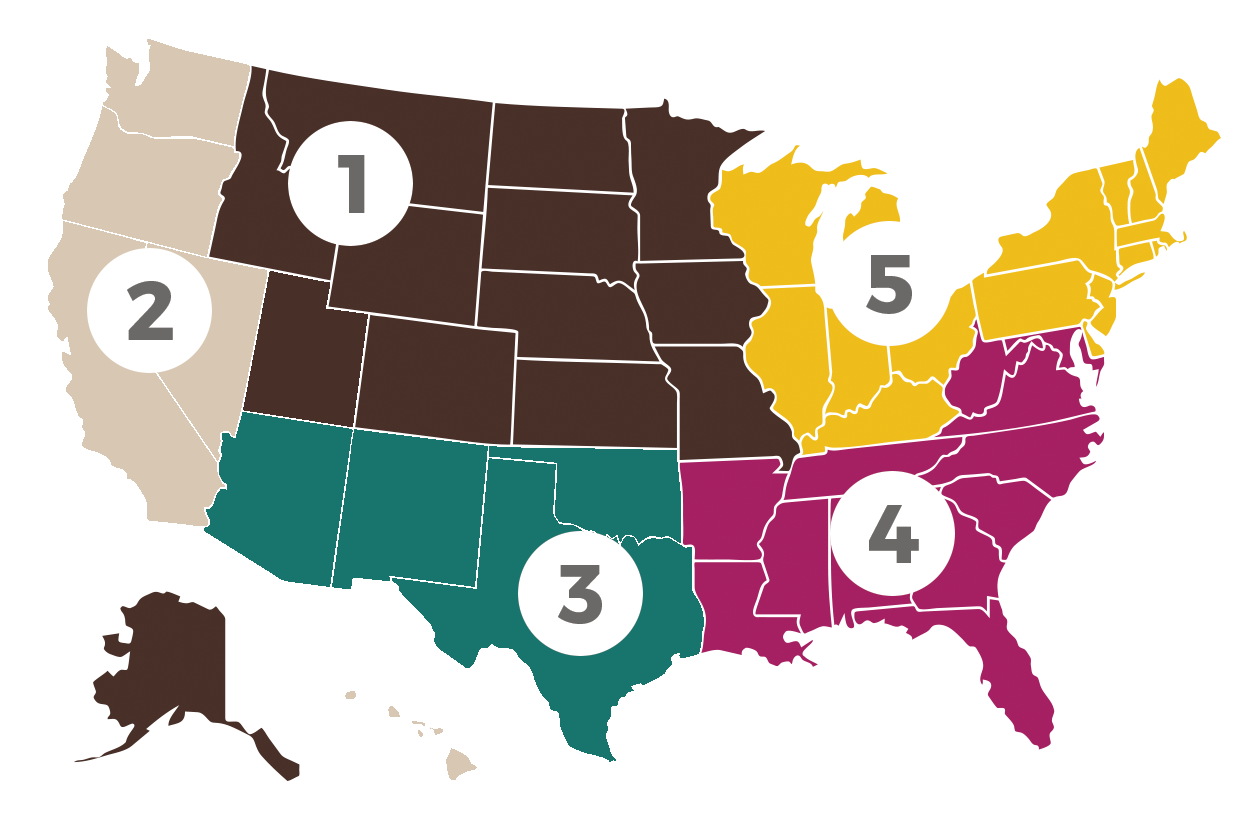Relief Efforts for School Foodservice Programs
The School Nutrition Association (SNA) surveyed 1,614 school districts to find out how COVID has impacted foodservice operations. The findings? Not surprising: 53.9% reported a financial loss for the 2019/2020 school year. With fewer meals being served, the schools experienced a drop in federal meal reimbursements, along with the rising cost of meal packaging and PPE.
To help offset these challenges, Congress recently passed a $900 billion stimulus bill that includes emergency relief for food programs. According to a summary, the relief package “provides emergency relief to help school meal and child and adult care food programs, which are in dire need of financial assistance, to continue serving children and families. Provides as much funding as necessary to carry out these payments.”
The package also includes funding to support school facility repairs to improve air quality, educational needs, and learning loss among students (including low-income students, children with disabilities, English learners, racial and ethnic minorities, students experiencing homelessness, and children and youth in foster care).
In addition to the stimulus, the USDA and Congress previously extended waivers to help schools continue grab-and-go and free meals to all students throughout this school year. This helps boost student meal participation, a concern of 92% of the surveyed districts.
When it comes to safely serving school meals, the most common measure is drive-through food pick-up, allowing meals to be dropped in the car with no contact. Whether it’s bagged lunches or meals in the classroom, Darlington Snacks keeps the health and safety concerns of schools top of mind by offering a variety of pre-packaged, individually wrapped and shelf-stable snacks.

